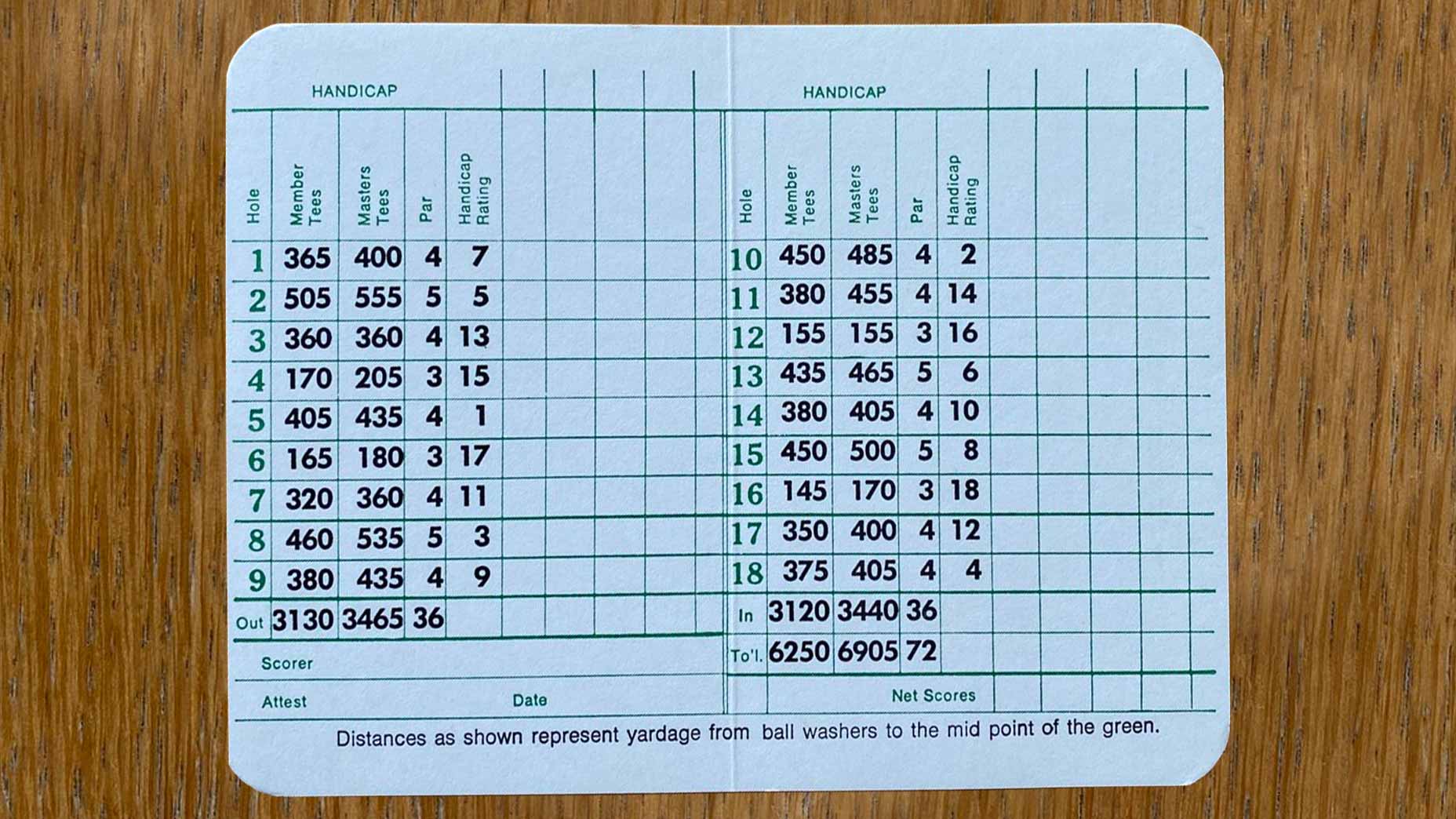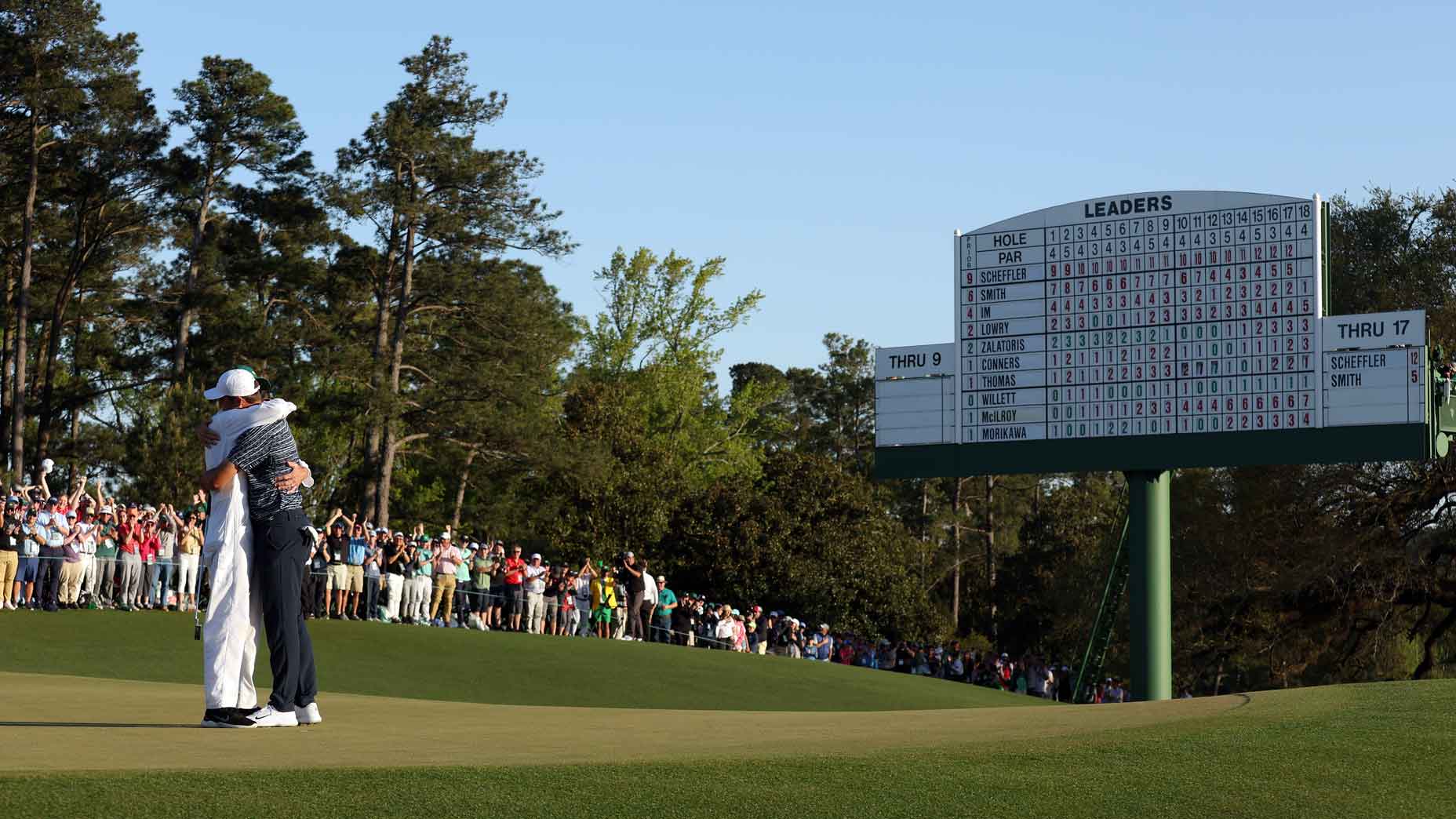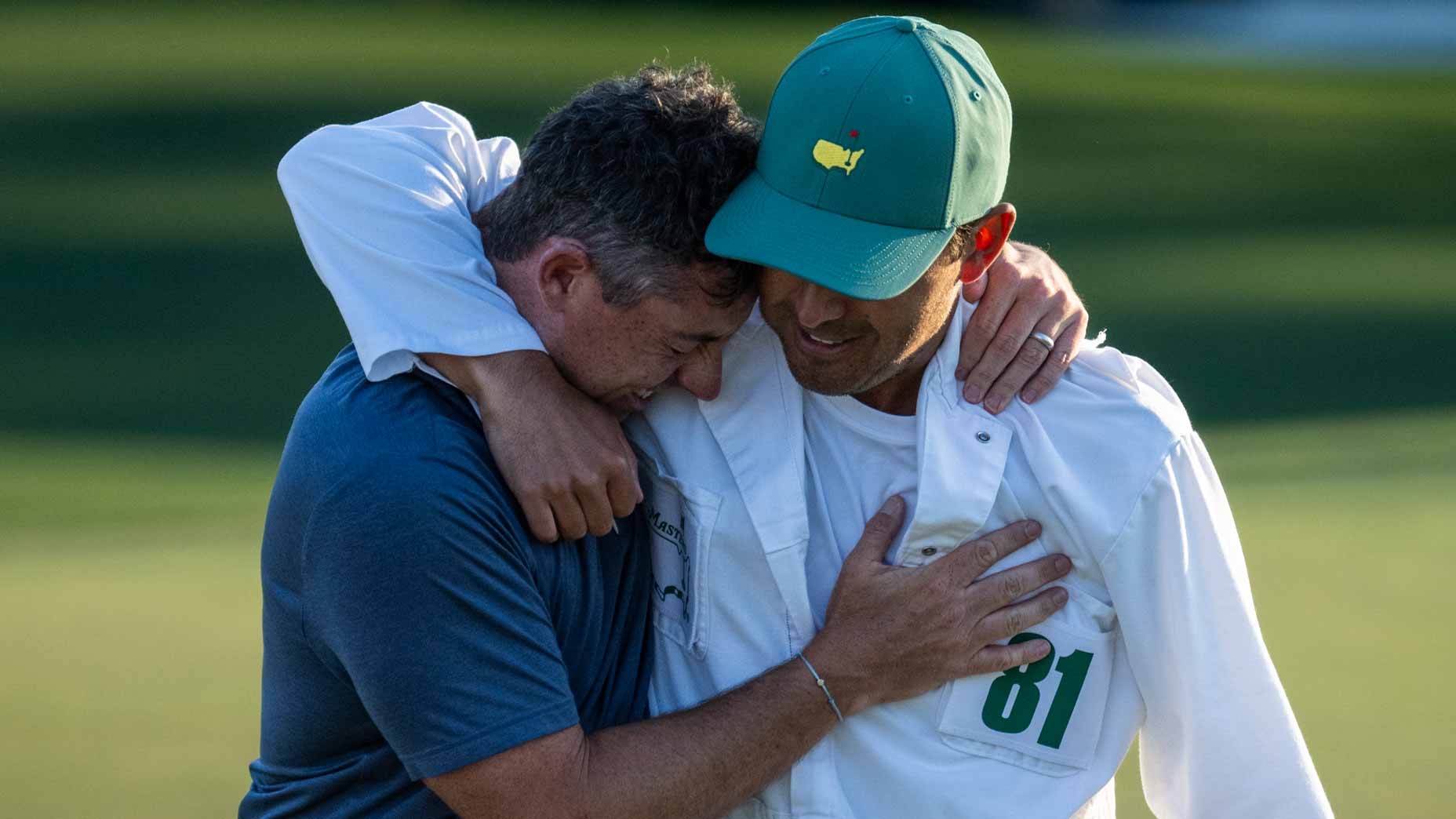It’s longer. That’s unquestioned.
But the effect of 35 more yards to Augusta National’s 13th hole? Heading into this week’s Masters, plenty of people are talking about it.
Will it make the now-545-yard hole play closer to its par of 5? Last year, No. 13 played as the third-easiest hole at the Masters, at 4.852 strokes. Players will have a choice off the tee — a fairway wood, for accuracy on the dogleg left; or a driver, for more punch. And they’ll have options with their second shot — something long into the green, or a layup.
Theoretically, you’ll have to earn it now. Or the added yards could be too much. They could, one former winner says, even make the hole quiet. (And for more takes on 13, please go here.)
“It will change the hole,” Bubba Watson said. “It’s now driver [off the tee] and maybe a long iron into the green. Will they take out trees on the bend? That’ll determine how much harder it is when it comes to goin’ for it in two.
“There’s probably gonna be a lot more lay-ups, which, I mean — a few years ago, they wanted the roars back on Sunday. Now you’re takin’ away the roars? That’s kind of weird.”
As for the defending champ, Scottie Scheffler? He played Augusta recently. He hit driver on 13. He hit a longer iron in. He said he could see some lay-ups.
Then Scheffler added something else that’s undebatable.
“We’ll see how it plays during the tournament,” he said during his pre-tournament press conference.
Indeed.

Below is the complete scorecard for all 18 holes at Augusta National, along with brief hole descriptions taken from this year’s Masters media guide.
Masters scorecard
Hole No. 1
445-yard, par-4
A slight dogleg right that requires a precise second shot to an undulating green. A poorly struck approach shot may result in a difficult two-putt. Drives to the left may catch the trees, and the hole plays uphill.
Hole No. 2
575-yard, par-5
A dogleg left that may be reachable in two. Large, deep greenside bunkers require special attention on the second shot.
Golden Oldie: A look back at Jack Nicklaus’ first of six Masters winsBy: Jack Nicklaus
Hole No. 3
350-yard, par-4
A classic par-4. Golfers attempt to hit short of the four fairway bunkers, resulting in a full club to the green, where it is better to be long than short. The green slopes right to left with a thin neck on the left side guarded by a bunker.
Hole No. 4
240-yard, par-3
A long par-3 requiring a long iron, and is often made difficult by deceptive wind. Two greenside bunkers — front-right and along the left side — guard this green, which slopes to the front.
Hole No. 5
495-yard, par-4
An uphill, dogleg-left hole with a sloping green. The fairway bunkers are positioned to demand accuracy off the tee. It is a 313-yard carry over the bunkers. The green slopes down to the front, and a back bunker catches balls hit too long.
Hole No. 6
180-yard, par-3
An elevated tee and large target are characteristics of this par-3. A significant difference in elevation from front to back makes the hole location very important.
Hole No. 7
450-yard, par-4
The drive on this tight hole is often played to the left-center of the fairway, setting up a second shot from a level lie. From there, a short-to mid-iron may be played, but it is important to avoid the three bunkers in front of the green, and the two behind.
Augusta National scolds LIV defectors, stops short of Masters banBy: Josh Berhow
Hole No. 8
570-yard, par-5
An accurate drive is needed to avoid the fairway bunker on the right side. This uphill hole features trouble left of the green. Bruce Devlin scored the second double-eagle in Masters history here in 1967.
Hole No. 9
460-yard, par-4
Best known for its green that slopes from back to front. The tee shot is often hit down the right side, hoping to take away the two greenside bunkers on the left on the shot to the green.
Hole No. 10
495-yard, par-4
A long par-4, this hole plays downhill. Players will try to drive the ball to the left or center of the fairway, hitting a second shot into a green that slopes right to left. Prior to 1935, this was the first hole at Augusta National and is traditionally one of the most difficult holes on the course.
Hole No. 11
520-yard, par-4
At this hole begins Amen Corner, and wind is often a factor. A driver to the right side of the fairway is rewarded with a more level lie. A pond guards the green to the left, and a bunker is strategically placed right-center. This hole may best be remembered for Larry Mize’s incredible chip shot in the 1987 playoff.
Hole No. 12
155-yard, par-3
One of the most famous holes, this is the shortest par-3 on the course. With swirling winds, club selection can range from 6- to 9-iron. Rae’s Creek in front, and three bunkers, one in front and two in the rear, make it a necessity to land on the putting surface. The Hogan Bridge allows golfers to cross the creek.
‘Taking away the roars’: Pros chime in on new Masters 13th holeBy: James Colgan
Hole No. 13
545-yard, par-5
An accurate tee shot to the center of the fairway may allow a player to go for the green in two if they desire. A tributary to Rae’s Creek winds in front of the green, and behind the putting surface are four bunkers. The Nelson Bridge is located at the tee. From tee to green, there are approximately 1,600 azaleas.
Hole No. 14
440-yard, par-4
The only hole on the course without a bunker, this hole features a green with significant contours that terraces down sharply left to right. Following a well-placed drive, the shot into the green will usually be a middle iron.
Hole No. 15
550-yard, par-5
A reachable par-5 when winds are favorable, many golfers will attempt to reach the green in two. A well-hit second shot must be made over the pond and away from the bunker that guards the green on the right. Gene Sarazen hit “the shot heard ’round the world” when he scored a double-eagle here in 1935.
Hole No. 16
170-yard, par-3
The hole is played entirely over water, and the green is secured by three bunkers. With the green significantly sloping from right to left, an exacting tee shot is required to have a reasonable birdie opportunity.
Hole No. 17
440-yard, par-4
This par-4 requires a drive near the crest of the hill to see a green guarded by two bunkers. The Eisenhower Tree once stood left-center of the fairway, but was removed after an ice storm in 2014.
Hole No. 18
465-yard, par-4
One of the most famous finishing holes in golf, this uphill dogleg right is protected off the tee by two bunkers at the left elbow. A drive hit down the center of the fairway will often require a middle iron for an uphill second shot, to a green guarded by two bunkers.













